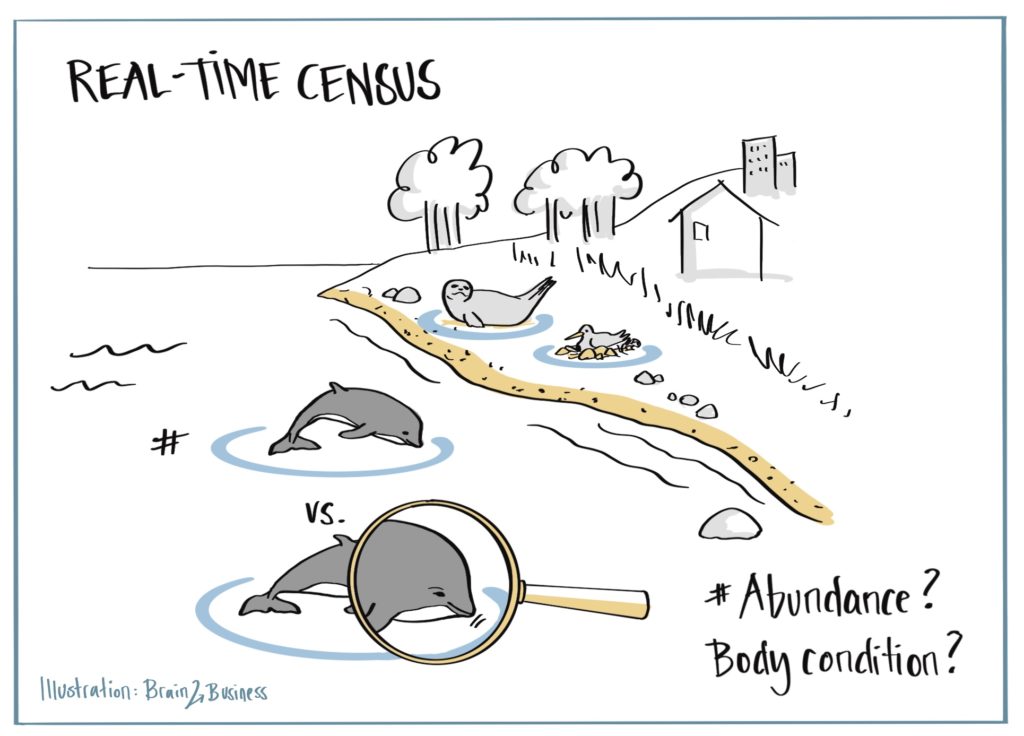Real-Time Census
Drone-based Behavioral Studies and Abundance/Body Condition Estimates of Marine Mammals and Birds
State of the Art
Most nature reserves and countries monitor the status of their mammal and bird populations (both in terms of numbers and health status). Animal population sizes are often assessed manually by biologists counting animals from land, air, or boats, or tracking their traces. These methods are very labour intensive and costly. Other methods such as tagging and biotelemetry usually entail capture of the animal at least once, sometimes several times, which may have large behavioural impact on the species in question.
Innovations and Impact
Automation of census efforts using the novel technologies developed in WP2 and WP3, enabling frequent collection of data to support more detailed analysis of changes in numbers and health, focusing on coastal birds and mammals, and on gathering comprehensive information in a marine environment such as the Wadden Sea.
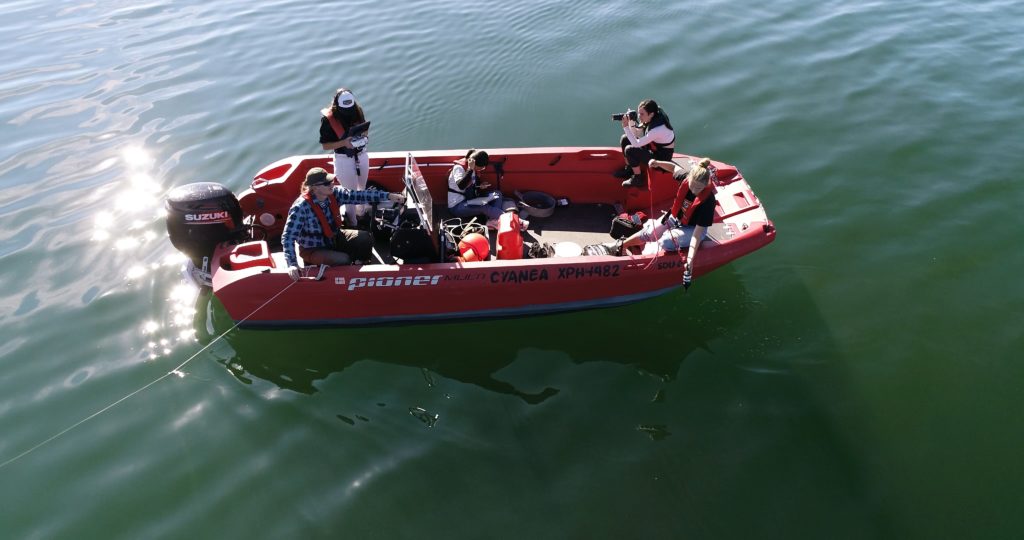
Copyright by SDU Biology
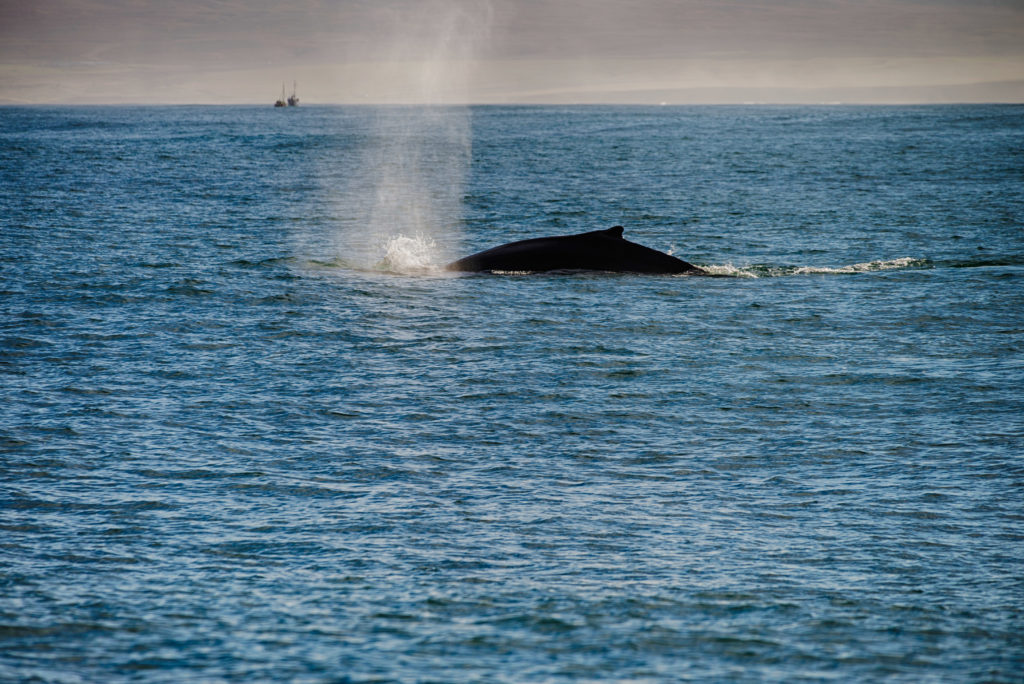
Copyright by Colourbox
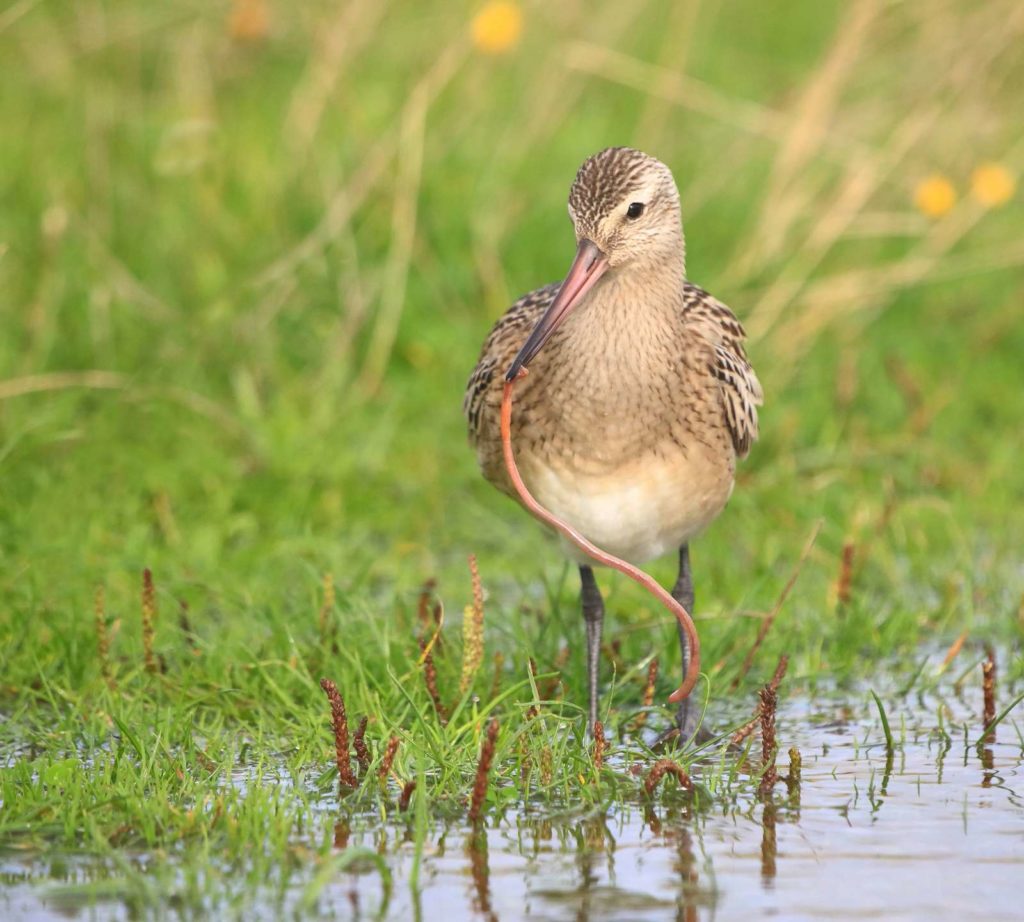
Copyright by Wadden Sea National Park
Objectives
Developing drone techniques to monitor marine mammal and marine bird populations. Different drone models are tested to minimize the impact on focal animals through noise and visual disturbance. Visual analysis software is developed to automatically detect and track animals on land and in the water, as well as to assess their body condition (volume vs. size ratio). Tests are primarily made on common marine birds and marine mammals (such and harbour and grey seals, harbour porpoises, great cormorants, and swans) in the inner Danish Waters and Danish Wadden Sea area, where results can be compared with long-term studies using traditional population monitoring techniques, with secondary tests for generalization made on marine birds and mammals in Africa.
Expected Results
- Automated drone-based censusing techniques to monitor populations of harbour porpoises, harbour and grey seals, as well as several species of marine birds.
- Automated drone-based techniques to monitor the health status of marine mammals and birds.
- Guidelines on how to fly drones around marine mammals and marine birds with minimal risk of disturbing them.
- High-resolution data supporting studies on how marine mammals and bird populations are affected by direct human impact and climate change.
Project Facts
Associate Professor Magnus Wahlberg, University of Southern Denmark.
Associate Professor Henrik Skov Midtiby, University of Southern Denmark.
Ol Pejeta Conservancy (KE): Extended field experiments for secondary data collection.
Max Planck Institute of Animal Behavior (DE): Data analysis.
Get in touch
Contact us on WildDrone@sdu.dk


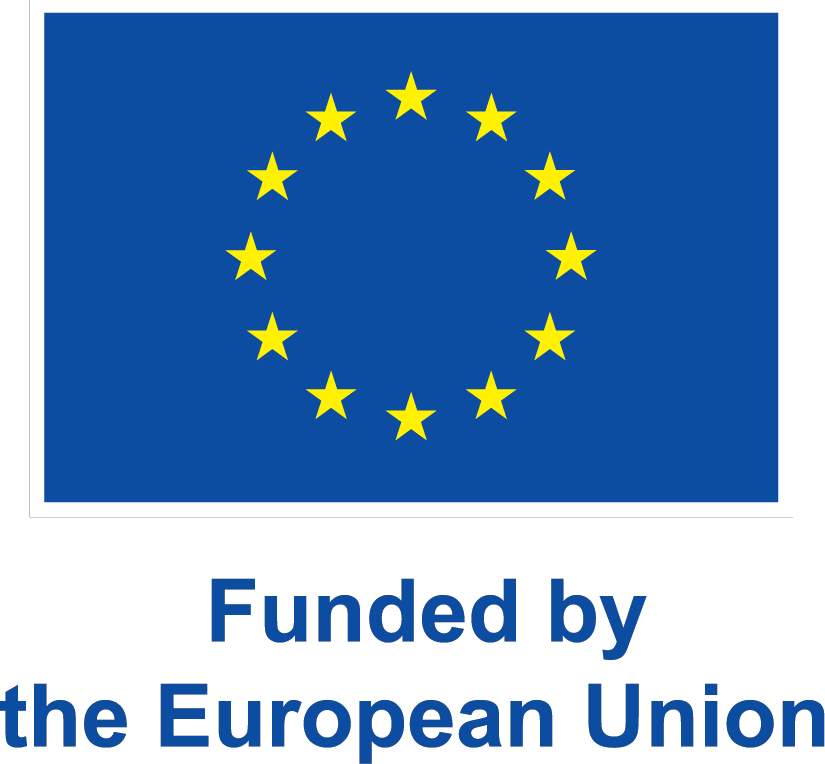
WildDrone is an MSCA Doctoral Network funded by the European Union’s Horizon Europe research and innovation funding programme under the Marie Skłodowska-Curie grant agreement no. 101071224. Views and opinions expressed are those of the author(s) only and do not necessarily reflect those of the European Union or the European Commission. Neither the EU nor the EC can be held responsible for them.

